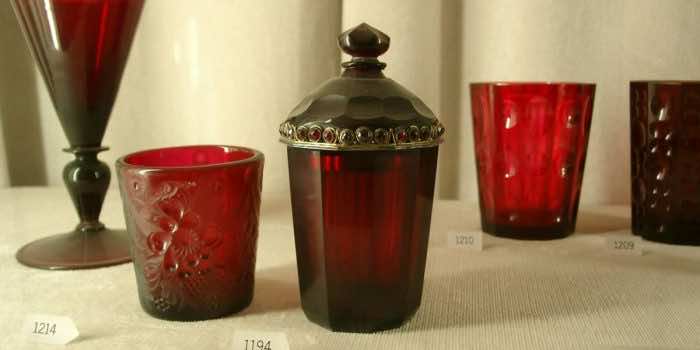Glasses to fight red-green color blindness are long discovered and aid in compensating for color blindness. However, those lenses or glasses at most of the time can’t be shaped to a user’s prescription. This is why scientists are now working on a new type of ‘corrective contact lens’ to provide users with a perfect fit solution. Interestingly, the new color blindness glasses are being inspired by conventional ‘gold-containing glass.
These cases work in a similar way to color blindness glasses. They contain a red tint that allows to keep out a certain wavelength of light, allowing the colors green and red to become far more visible. This resultingly lets the color-blind individual better differentiate between the colors, making them appear much better. While provisioning with its advantages, it has one downside, unfortunately. Experimenting has shown that the red dye used in these lenses could leach into the eye, eventually having health implications.

The researchers from the United Arab Emirates ‘Khalifa University’ Ahmed Salih and Haider Butt led the creation of these prototype contact lenses simply by ‘suspending biocompatible light-scattering gold nanoparticles’ within a hydrogel polymer. The researchers took this idea from a century’s old material, ‘Cranberry glass’ that similarly utilizes gold particles to create a red tint.
After carrying out the tests, they found out that the lenses gave out the best results when used with 40-nano-meter wide particles. The reason for them to stand out the best is that these particles didn’t clump together and only filtered out the desired wavelengths of light. Not only this, they gave out better results in correcting the light compared to commercially available brands of ‘color-corrective glasses.’
Noteworthy is that the light they filter out ranged between the 520 to 580-nanometer range, the range where the green and red colors overlap. In easy language, this makes it that these glasses should help users in better seeing red and green as two separate colors. The new lenses are going through clinical trials to test their comfort and find out what sort of results they provide in aiding color-blind individuals to see the colors of life in true spirits.


